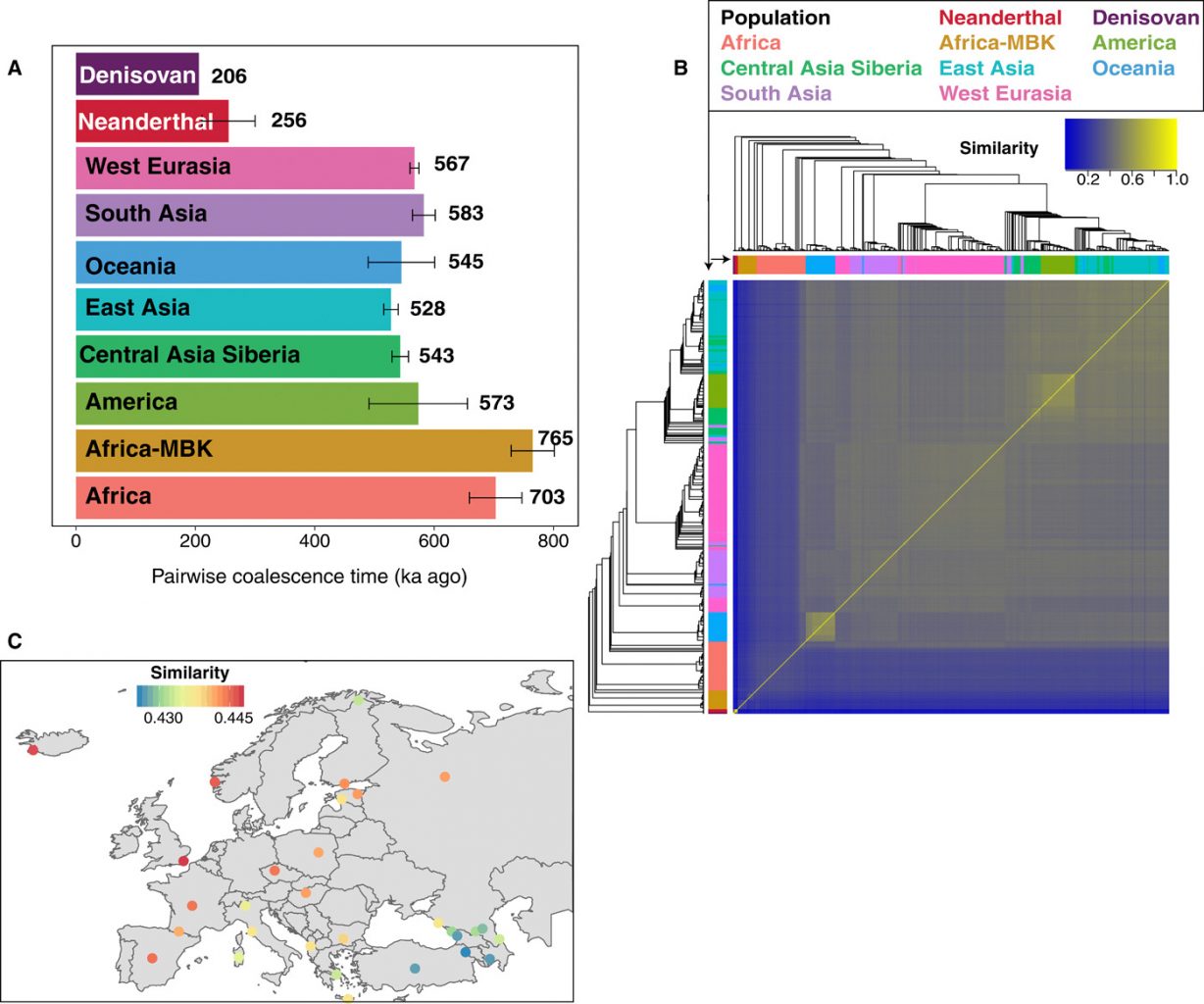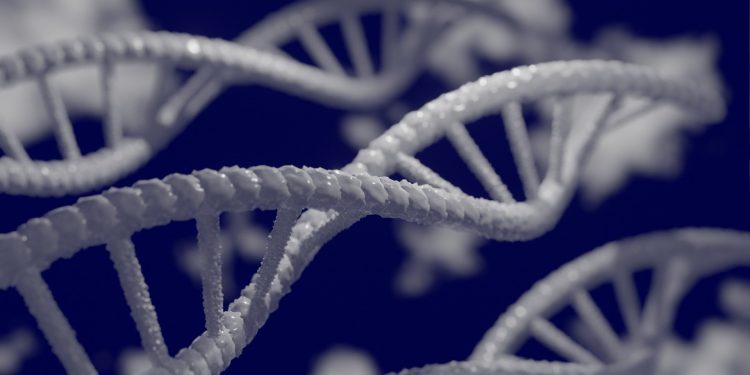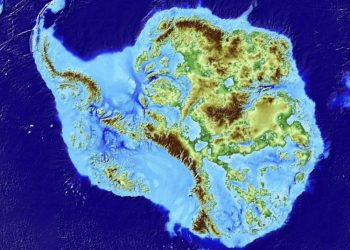American geneticists analyzed 279 genomes of modern and 3 archaic people and found that the human genome is only 1.5-7 percent unique in relation to other hominins.
Most of the current genetic changes occurred in humans before the split between the future populations of Cro-Magnons and Neanderthals about 520-630 thousand years ago.
Neanderthal genes in the modern DNA of non-African populations were derived from introgression about 74 thousand years ago.
The “1000 Genomes’, started in 2008, allowed to collect a huge public database, the work which creates numerous discoveries in the field of population genetics and comparative genomics. The result of these works was a more complete understanding of the nature of the genetic diversity of mankind.
At the same time, paleogenetics is developing rapidly, primarily thanks to the Swedish biologist Svante Paabo, under whose leadership it was possible to sequence the nuclear DNA of two groups of archaic people in 2010 – Neanderthals and Denisovans.
Ongoing research makes it possible to find out what contribution the dead-end branches of human development have made to modern populations. So, it became known that all non-African people carry 2-4 percent of Neanderthal DNA, and some peoples of Asia, Oceania, and Australia also received Denisovan genes.
At the same time, geneticists observe that over the past 45 thousand years, such sequences have not been “washed out” from the DNA of modern people.
Only 7% of the human genome is unique
1. Nathan Schaefer from the University of California, together with scientists from the United States, analyzed the genomes of modern humans and archaic hominins using a new algorithm for studying the graphs of hereditary recombinations.
2. In total, 279 genomes of modern humans were studied, two genomes with high coverage of Neanderthals and one of Denisovans. Using the resulting hereditary recombination graphs, scientists were able to map the origins of the Neanderthals and Denisovans.

3. The results of the study showed that there is evidence of at least one wave of Neanderthal gene contamination in all modern non-Africans.
4. The origin of the Denisovans turned out to be the result of multiple introgression from different populations.
5. Scientists have found slightly more Neanderthal genes in populations of Central and East Asia and America than in Europe, Southwest, and South Asia, with the latter region having more limited Neanderthal haploblocks than anywhere else.
6. In humans, most of the current genetic changes occurred before the split between the future populations of Cro-Magnons and Neanderthals about 520-630 thousand years ago.
7. Researchers were able to establish that about 7 percent of the modern human genome is unique, calling it an “archaic desert”, with additional restrictions, this proportion drops to one and a half percent.
8. The rest consists of areas common to archaic hominins or admixtures.
9. Scientists have found evidence of multiple waves of specific mutations, suggesting that the modern human phenotype may have evolved in stages.
10. The neanderthal admixture, for instance, was obtained about 74 thousand years ago.
Join the discussion and participate in awesome giveaways in our mobile Telegram group. Join Curiosmos on Telegram Today. t.me/Curiosmos
Sources:
• Charles, K. (2021, July 16). Just 1.5 to 7 per cent of the modern human genome is uniquely ours. New Scientist.
• Larson, C. (2021, July 16). Just 7% of our DNA is unique to modern humans, study shows. Phys.org.
• Rettner, R. (2021, July 16). As little as 1.5% of our genome is ‘uniquely human’. LiveScience.
• Schaefer, N. K., Shapiro, B., & Green, R. E. (2021, July 1). An ancestral recombination graph of human, Neanderthal, and Denisovan genomes. Science Advances.
• Woodward, A. (2021, July 16). At most, just 7% of the human genome is unique to our species. We share most genes with Neanderthals, Denisovans, and other ancestors. Business Insider.











